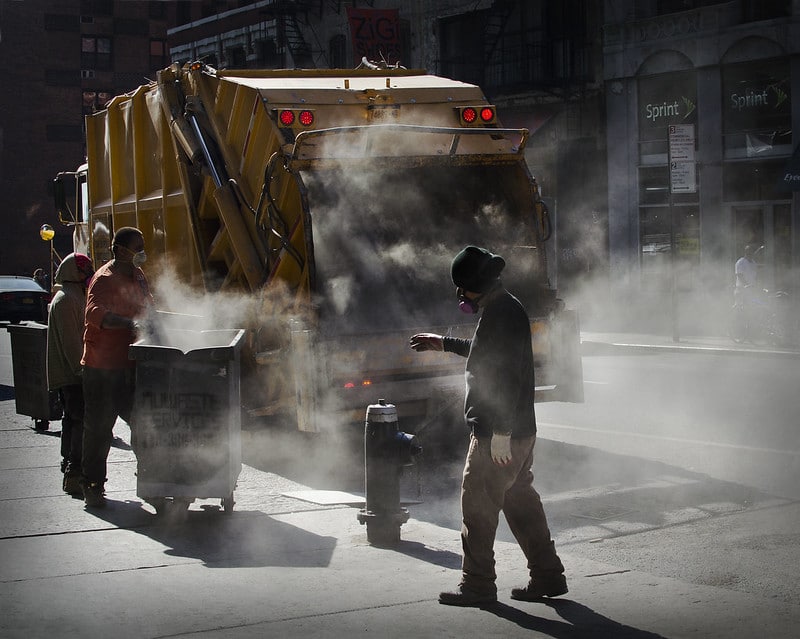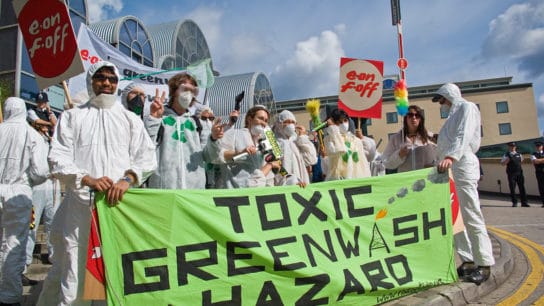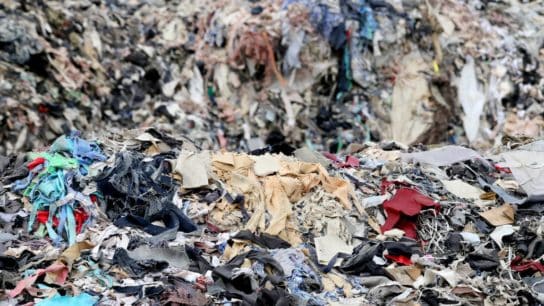A study has found that at least 48 US cities are under-counting their carbon dioxide pollution by nearly 20%. The study, which compares local disclosures against a national database, could create confusion over how much carbon cities in the US emit, and therefore how much pollution they need to cut.
—
What is Happening?
- The study, published in the journal Nature Communications, shows that about three-quarters of CO₂ pollution comes from cities. Many have generated self-reported emission inventories, but their value to inform emissions mitigation depends on their accuracy, which remains untested.
- The difference between the cities’ and the researchers’ estimates amounts to 70 million tons of CO₂. If this was extrapolated across the country, the under-counted emissions would amount to 474 million tons.
North Arizona University professor and lead author of the study, Kevin Gurney, says, “We hope that this will stimulate a significant reevaluation of how to go about the entire endeavour. We are recommending that a science-driven estimate be generated for all cities and provided to them.”
You might also like: Clothing Fibres Make Up 73% of Microplastic Pollution in the Arctic- Study
- The authors checked the cities’ disclosures against the Vulcan Project, a national emissions database developed by Gurney’s lab that estimates emissions nationwide down to the square kilometre. The researchers rely on multiple overlapping datasets, which reinforce their confidence in the numbers. They also compare the emissions estimates to atmospheric CO₂ levels, providing another way to test the data accuracy.
Gurney likened his vision for cities’ CO₂ data to weather forecasting. “We don’t expect each locality to measure their own weather, run their own weather models, and crunch the numbers,” he said. “We have a system that accomplishes that difficult task and delivers an apolitical, reliable estimate to everyone. Then they can use that information as they see fit.”
- Standards by which cities estimate their own emissions vary widely, which hinders the ability of the US to build a clear picture of urban emissions. Measuring emissions can be expensive and time-consuming, which is a problem for cities where resources are already constrained. Cities often miss industrial or commercial uses of gasoline, or emissions from individual facilities. They may also calculate emissions related to shipping and driving in different ways.
- The study that the US has much work to do in determining how much CO₂ it emits, even as it tries to push levels down.
Featured image by: Flickr

















